#maurice bishop
Text
62 notes
·
View notes
Text

Happy birthday, Maurice Bishop! (May 29, 1944)
Leader of the New Jewel Movement and Prime Minister of Grenada from 1979 to 1983, Maurice Bishop was born on Aruba and moved to Grenada with his family at the age of six. He excelled at school and won a government scholarship to a prestigious school, where he became interested in politics, studying the works of Frantz Fanon and Julius Nyrere, as well as Marx and Lenin. As a result of his activities in the revolutionary New Jewel Movement, Bishop was imprisoned and beaten by authorities, before carrying out a successful revolution in 1979 which brought the party into power. Bishop pursued an aggressive and revolutionary program once in office, expanding the rights of workers and women, and making efforts to revolutionize and radicalize the military. In October of 1983, an internal power struggle in the revolutionary government led to a coup in which Bishop was arrested and executed, and Grenada was invaded by the United States a few weeks later, ending the revolution.
83 notes
·
View notes
Text

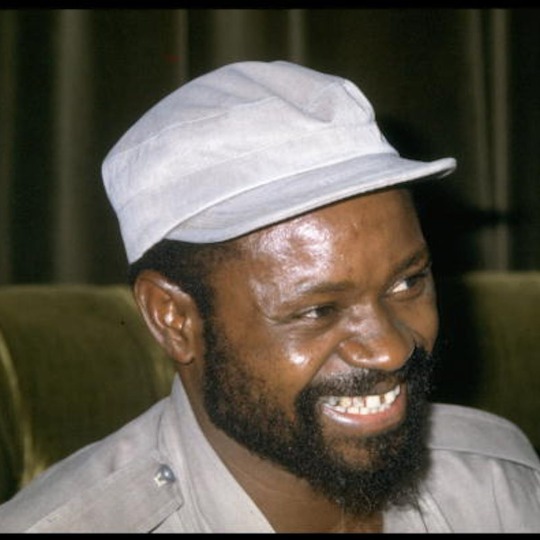
On this day in 1983, the Grenadian revolutionary leader Maurice Bishop was executed in a coup, aged just 39.
On this day, 1986, revolutionary leader of Mozambique Samora Machel died in a plane crash under mysterious circumstances, aged 53
SOURCE: Guerrilla History Pod @guerila_pod.
22 notes
·
View notes
Text
A day in my life
by
Ryan Clement
Maurice Bishop (1944-1983)
IF YOU ASK many people what they did on a particular day last week, let alone a few years ago, unless something remarkable or exceptional happened or occurred, it is highly unlikely that most, myself included, would be able to recall accurately the events of that week or year. That is why I was able to write about 10 October 1996 when, if only for me,…
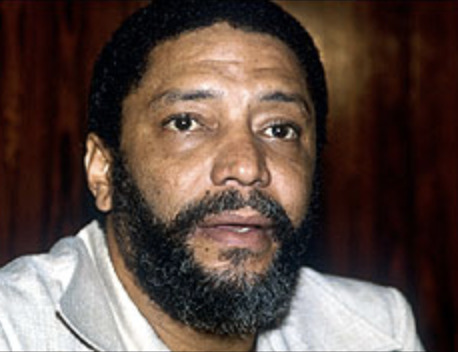
View On WordPress
#and Liberation#Black Wall Street Media#Caribbean#Carriacou#coup d&039;état#Education#Eric Gairy#Grenada#Joint Endeavor for Welfare#Margaret Thatcher#Martin Luther King Jr.#Maurice Bishop#Maurice Bishop International Airport#Maurice Bishop Memorial Highway#Mr. Malcolm X#New JEWEL Movement#Pearls Airport#Point Salines#Ronald Reagan#Soviet Union#Spice Island#St. George&039;s University
2 notes
·
View notes
Text
#grenada#invasion#history#politics#imperialism#neo colonialism#eugenia charles#ronald reagan#maurice bishop#socialism#politricks
1 note
·
View note
Text
Manchester meeting to host Cuban Ambassador

#manchester#london#liverpool#baghdad#uk#scotland#hussein al-alak#iraqi#iraq#cuba#worldnews#grenada#maurice bishop#usa#public meeting#cuban#politics#world politics
1 note
·
View note
Text
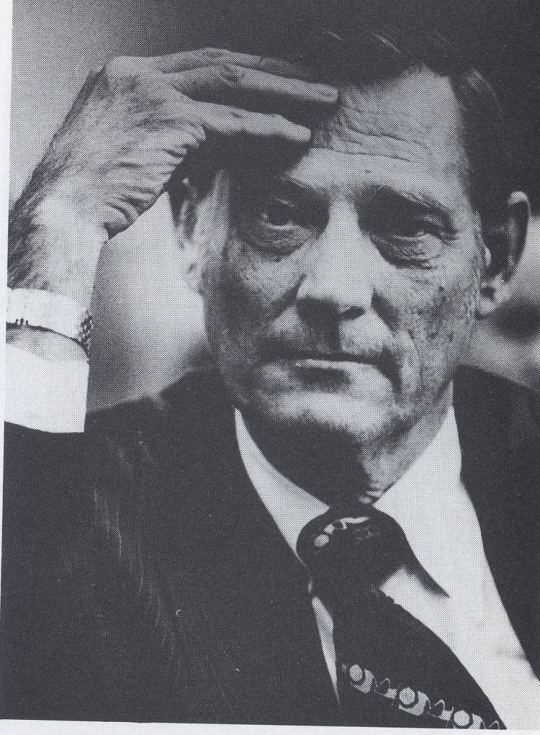
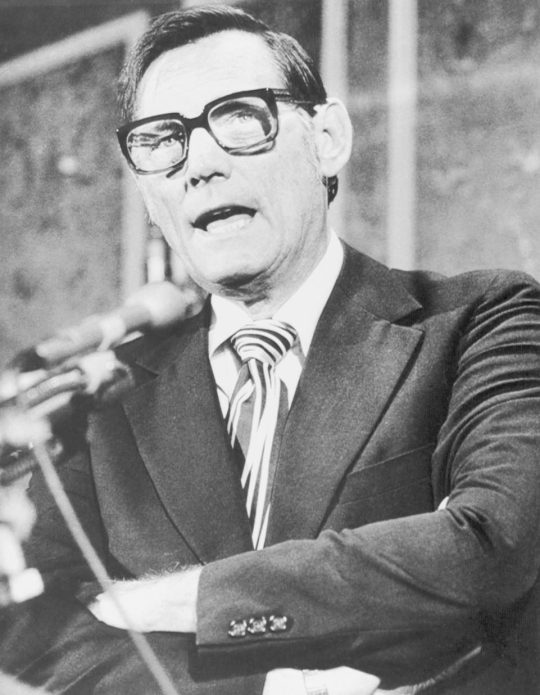


Images of David Atlee Phillips, a.k.a. 'Maurice Bishop', notorious CIA spook. He was involved in the Bay of Pigs Invasion and Operation Mongoose, and he was the director of the Agency station in Mexico City during the time when the phoney Lee Harvey Oswald tried to visit the Cuban embassy. He was also the handler for Antonio Veciana, the founder and a leader of the violent anti-Castro far right terrorists, Alpha 66.
#David Atlee Phillips#cia#deep research#bay of pigs#operation mongoose#lee harvey oswald#Antonio Veciana#alpha 66#Maurice Bishop#not to be confused with the Grenadian revolutionary leader
0 notes
Text
October 25. Today in History: The US Invasion of Grenada with the help of Barbados police and other Caribbean nations.
https://youtu.be/3_KJKMKuUOA
youtube
Now Thanksgiving Day in Grenada.
#the US invasion of Grenada#naked departure#barbados#Maurice bishop#Hudson Austin#Jacqueline creft#ronald reagan#Bernard coard#Youtube
1 note
·
View note
Text
New Zealand Mayans fans!!!!!!
Does anyone know where I can watch the first few seasons of Mayans???? Neon has only has the last couple and I’m desperate for an HD rewatch😭😭

#mayans mc#Mayans season 1#mayans fx#I need it#happy bishop#ez before he got annoying#coco with his quotes#Riz before he got dead#MAURICE COMPTE#do you hear my cries😭
9 notes
·
View notes
Text




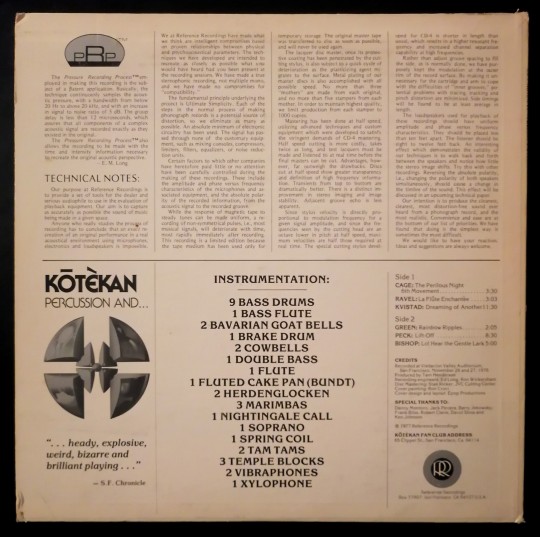
KŌTÈKAN
"Percussion and..."
(LP. Reference rcds. 1977) [US]
youtube
#kotekan#1977#usa#percussion#contemporary#maurice ravel#Richard Kvistad#George Hamilton Green#Russell Peck#Henry Bishop#records#Youtube
5 notes
·
View notes
Text
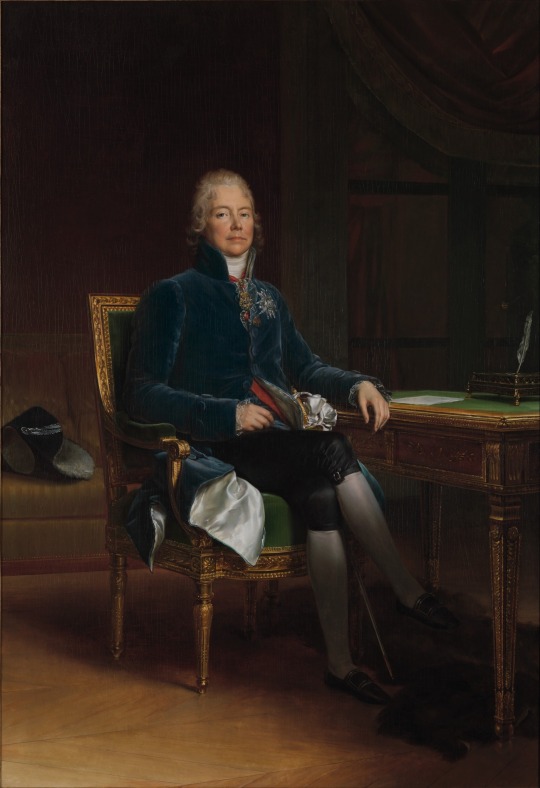
Charles Maurice de Talleyrand Périgord (1754–1838), Prince de Bénévent
by François Gérard
#charles maurice de talleyrand périgord#prince de bénévent#art#portrait#painting#françois gérard#history#europe#european#france#french#napoleonic#french revolutionary wars#napoleonic wars#aristocratic#aristocrat#prince of benevento#bishop#prince#bishop of autun#diplomat#foreign minister#diplomatic#clergy#french revolution#diplomacy#government
21 notes
·
View notes
Text
Parish's dynasty of vergers caring for Croydon for 100 years
Family service: two generations of the Butler family helped run Croydon Parish Church, now Croydon Minster, for most of the 20th Century
SUNDAY SUPPLEMENT: In another discovery from the Croydon Minster archive, DAVID MORGAN has found the first-hand account of one of the church’s most senior lay officials which covers much of the history of the 20th Century
When Frank Butler retired from his post…

View On WordPress
#Bishop Maurice Harland#Canon Leonard White-Thompson#Croydon#Croydon Minster#Croydon Minster Fire 1857#Croydon Parish Church#David Morgan#Frank Butler#Rev Geoffrey Studdert Kennedy#The Blitz#William Groves#Woodbine Willie#World War I#World War II
1 note
·
View note
Text

Denzil Forrester. Spice 2021. Oil on canvas.
7 notes
·
View notes
Text
MAURICE BISHOP'S MESSAGE TO AFRICANS IN THE UNITED STATES
19 October 1983 marks the day of the assassination of one the most charismatic African leaders of our time. Maurice Bishop was a prominent political figure in the Caribbean, best known for his leadership in the Grenadian Revolution and the establishment of the New Jewel Movement.
The turning point in Bishop's political career came in March 1979, when the New Jewel Movement successfully led a coup against the authoritarian government of Eric Gairy on the Caribbean island nation of Grenada. Bishop was installed as the prime minister, and his administration implemented a series of socialist reforms, including land redistribution, education expansion, and healthcare improvements. The government also developed strong ties with Cuba, which caused concern among Western powers, particularly the United States.
On 5 June 1983, Bishop spoke to a room that burst at the seams at Hunter College in New York City. The audience was predominately Africans in America, who had flocked to hear the Grenadian leader speak about how the US government was plotting to destabilize and destroy the revolution in Grenada because it feared African sovereignty and independence. You can hear the electricity in the room.
That same October, Maurice Bishop was arrested and assassinated during a coup by a faction the New Jewel Movement, led by Bernard Coard. The internal conflict led to his violent death and opened the door for violent US military occupation.
209 notes
·
View notes
Text

Saint Maurice (also Moritz, Morris, or Mauritius; Coptic: Ⲁⲃⲃⲁ Ⲙⲱⲣⲓⲥ) was an Egyptian military leader who headed the legendary Theban Legion of Rome in the 3rd century, and is one of the favorite and most widely venerated saints of that martyred group. He is the patron saint of several professions, locales, and kingdoms.
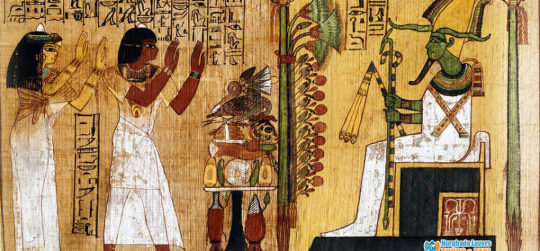
According to the hagiographical material, Maurice was an Egyptian, born in AD 250 in Thebes, an ancient city in Upper Egypt that was the capital of the New Kingdom of Egypt (1575-1069 BC). He was brought up in the region of Thebes (Luxor).
Maurice became a soldier in the Roman army. He rose through the ranks until he became the commander of the Theban legion, thus leading approximately a thousand men. He was an acknowledged Christian at a time when early Christianity was considered to be a threat to the Roman Empire. Yet, he moved easily within the pagan society of his day.
The legion, entirely composed of Christians, had been called from Thebes in Egypt to Gaul to assist Emperor Maximian in defeating a revolt by the bagaudae. The Theban Legion was dispatched with orders to clear the Great St Bernard Pass across the Alps. Before going into battle, they were instructed to offer sacrifices to the pagan gods and pay homage to the emperor. Maurice pledged his men's military allegiance to Rome. He stated that service to God superseded all else. He said that to engage in wanton slaughter was inconceivable to Christian soldiers. He and his men refused to worship Roman deities

Martyrdom
However, when Maximian ordered them to harass some local Christians, they refused. Ordering the unit to be punished, Maximian had every tenth soldier killed, a military punishment known as decimation. More orders followed, the men refused compliance as encouraged by Maurice, and a second decimation was ordered. In response to the Theban Christians' refusal to attack fellow Christians, Maximian ordered all the remaining members of his legion to be executed. The place in Switzerland where this occurred, known as Agaunum, is now Saint-Maurice, Switzerland, site of the Abbey of St. Maurice.
So reads the earliest account of their martyrdom, contained in the public letter which Bishop Eucherius of Lyon (c. 434–450), addressed to his fellow bishop, Salvius. Alternative versions have the legion refusing Maximian's orders only after discovering innocent Christians had inhabited a town they had just destroyed, or that the emperor had them executed when they refused to sacrifice to the Roman gods.
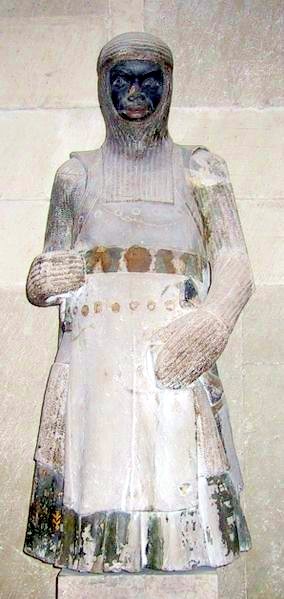
Veneration
Saint Maurice became a patron saint of the German Holy Roman Emperors. In 926, Henry the Fowler (919–936), even ceded the present Swiss canton of Aargau to the abbey, in return for Maurice's lance, sword and spurs. The sword and spurs of Saint Maurice were part of the regalia used at coronations of the Austro-Hungarian emperors until 1916, and among the most important insignia of the imperial throne (although the actual sword dates from the 12th Century). In addition, some of the emperors were anointed before the Altar of Saint Maurice at St. Peter's Basilica. In 929, Henry the Fowler held a royal court gathering (Reichsversammlung) at Magdeburg. At the same time the Mauritius Kloster in honor of Maurice was founded. In 961, Otto I, Holy Roman Emperor, was building and enriching Magdeburg Cathedral, which he intended for his own tomb. To that end,
in the year 961 of the Incarnation and in the 25th year of his reign, in the presence of all of the nobility, on the vigil of Christmas, the body of St. Maurice was conveyed to him at Regensburg along with the bodies of some of the saint's companions and portions of other saints. Having been sent to Magdeburg, these relics were received with great honour by a gathering of the entire populace of the city and of their fellow countrymen. They are still venerated there, to the salvation of the homeland.
Maurice is traditionally depicted in full armor, in Italy emblazoned with a red cross. In folk culture he has become connected with the legend of the Holy Lance, which he is supposed to have carried into battle; his name is engraved on the Holy Lance of Vienna, one of several relics claimed as the spear that pierced Jesus' side on the cross. Saint Maurice gives his name to the town St. Moritz as well as to numerous places called Saint-Maurice in French speaking countries. The Indian Ocean island state of Mauritius was named after Maurice, Prince of Orange, and not directly after Maurice himself.
Over 650 religious foundations dedicated to Saint Maurice can be found in France and other European countries. In Switzerland alone, seven churches or altars in Aargau, six in the Canton of Lucerne, four in the Canton of Solothurn, and one in Appenzell Innerrhoden can be found (in fact, his feast day is a cantonal holiday in Appenzell Innerrhoden).Particularly notable among these are the Church and Abbey of Saint-Maurice-en-Valais, the Church of Saint Moritz in the Engadin, and the Monastery Chapel of Einsiedeln Abbey, where his name continues to be greatly revered. Several orders of chivalry were established in his honor as well, including the Order of the Golden Fleece, Order of Saints Maurice and Lazarus, and the Order of Saint Maurice. Additionally, fifty-two towns and villages in France have been named in his honor.
Maurice was also the patron saint of a Catholic parish and church in the 9th Ward of New Orleans and including part of the town of Arabi in St. Bernard Parish. The church was constructed in 1856, but was devastated by the winds and flood waters of Hurricane Katrina on 29 August 2005; the copper-plated steeple was blown off the building. The church was subsequently deconsecrated in 2008, and the local diocese put it up for sale in 2011. By 2014, a local attorney had purchased the property for a local arts organization, after which the building served as both an arts venue and the worship space for a Baptist church that had been displaced following the hurricane.
On 19 July 1941, Pope Pius XII declared Saint Maurice to be patron Saint of the Italian Army's Alpini (mountain infantry corps). The Alpini have celebrated Maurice's feast every year since then.
The Synaxarium of the Coptic Orthodox Church of Alexandria does not mention Saint Maurice, although there are several Coptic churches named for him.
#african#deep reddish brown skin#north african#coptic#coptic orthodox#alexandria#catholic#roma#roman#gaul#saint maurice#moors#morr#moor#pope#pope pius xii#new orleans#south#south side#baptist#churc#church#egyptian#egypt#kemet#ta meri
207 notes
·
View notes